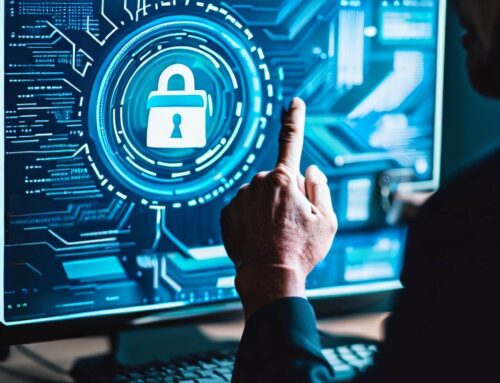In today’s digital age, phishing attacks are becoming more common, and organizations must take proactive steps to protect themselves from potential cyber threats. Phishing training and simulations are essential tools that help organizations train employees to identify and avoid phishing attacks. In this blog, we will discuss the importance of phishing training and simulations, along with a real-life example of a colleague of mine who fell for a phishing scam and paid Rs 30,000 to fraudsters.
-
What are phishing attacks?
Phishing attacks are a type of cyber-attack in which an attacker sends fraudulent emails to an individual or organization in an attempt to obtain sensitive information, such as usernames, passwords, or financial data. These emails often appear legitimate, and the attackers often use social engineering tactics to convince the victim to click on a link or download an attachment.
Real Life Example
A previous colleague of mine once fell for a phishing scam and paid Rs 30,000 to fraudsters. The individual received an email from someone who appeared to be the CEO of the organization, asking to purchase Amazon gift vouchers. The person realized that it was a scam – only when it was too late and he had purchased the gift vouchers and they had been claimed.
Consequences of a successful phishing attack
The consequences of a successful phishing attack can be severe for both individuals and organizations. In addition to financial losses, phishing attacks can also result in reputational damage, loss of sensitive data, and legal penalties.
Phishing training
Phishing simulations, which involve sending mock phishing emails to employees, can be an effective way to train employees to recognize potential threats. By exposing employees to simulated phishing attacks, organizations can help them become more aware of the tactics used by attackers and teach them how to avoid falling victim to these attacks.
Phishing training can also include education on how to identify suspicious emails and what steps to take if an employee suspects they have received a phishing email. Employees can be taught to look for signs of a phishing email, such as misspellings or grammatical errors, or to verify the authenticity of an email by checking the sender’s email address or contacting the sender directly.
Conclusion
Investing in phishing training and simulations is essential to protect organizations against cyber threats. RaoDigital & KnowBe4 offer comprehensive and effective security awareness training programs that teach employees how to recognize and avoid common cyber threats, including phishing attacks, social engineering tactics, and malware infections. By signing up for Rao Digital & KnowBe4 security awareness training, organizations can reduce the risk of financial losses, reputational damage, and other consequences of a successful phishing attack.




